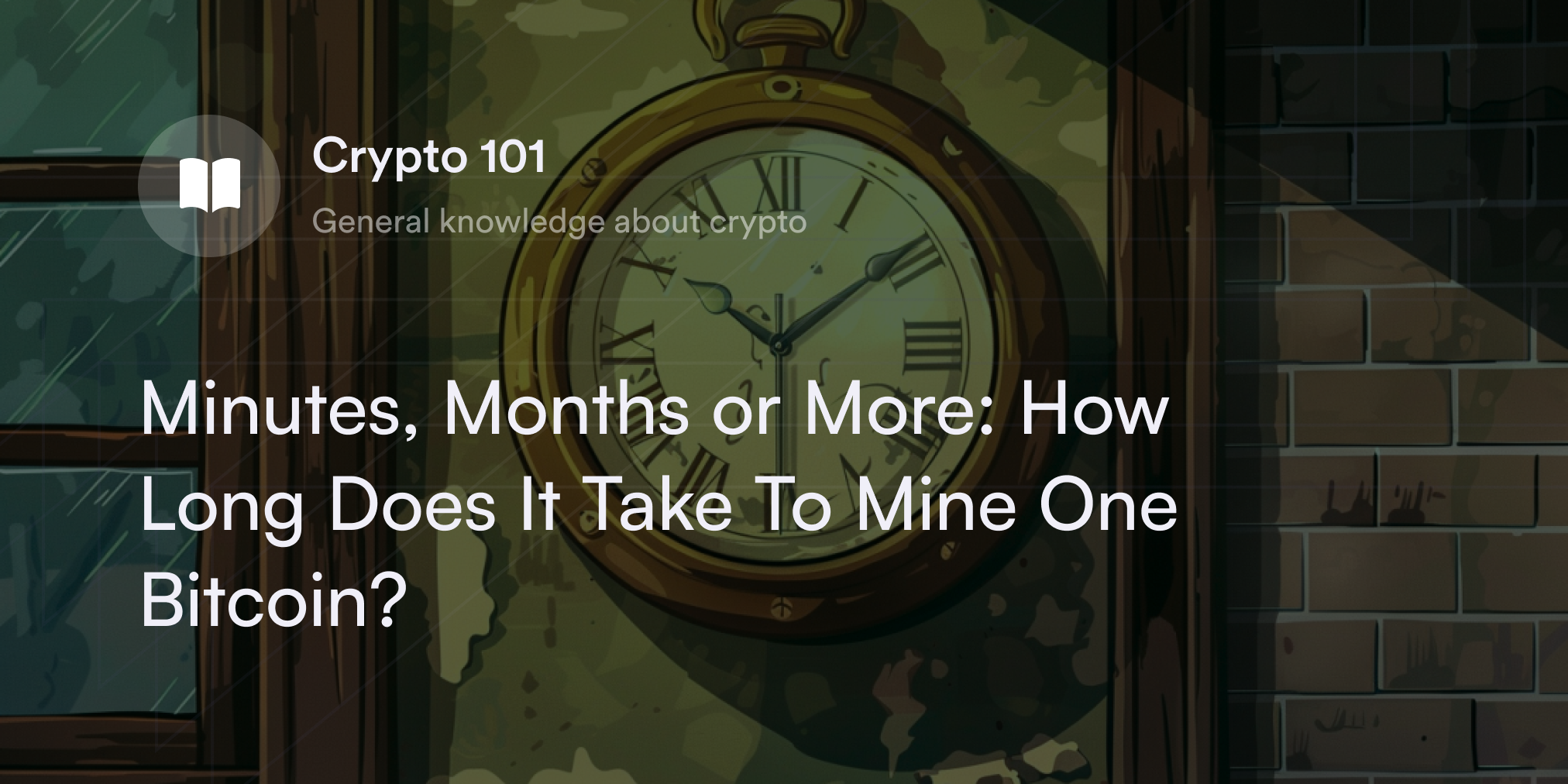


Growth in companies, nations, and financial markets usually highlights positive developments. For instance, when a country’s economy expands, typically more citizens have access to jobs, which increases consumer spending power to support the local economy.
There are, however, cases when the rise in consumer demand surpasses supply. For example, the wage-price spiral theory argues growth in average working wages contributes to severe economic issues, such as inflation.
Although the wage-price spiral isn’t the only possible cause of inflation, many economists believe it significantly impacts economic activity. So what is the wage-price spiral, and how does it affect how people use their money?
What is a Wage-Price Spiral?
Wage-price spiral is an economic theory that explains increasing product prices due to growing wages. Economists who support the wage-price spiral theory believe pay raises for workers primarily contribute to rising costs for goods and services in a country’s economy. According to this model, as a company’s employees demand higher wages, its executives raise their products’ prices to maintain profitability. And this vicious cycle never ends because as the average product cost rises, workers demand even higher wages, leading companies to spend more on labor and increase prices. The “spiral” refers to the ongoing struggle of employees and companies to keep pace with increasing expenses.
What Causes a Wage-Price Spiral?
The primary reason behind a wage-price spiral is increasing average living costs or inflation. In economics, inflation refers to an increase in market prices and a decrease in each person’s purchasing power. Put another way, everyone in an inflationary environment spends more money to receive fewer goods or services. The more money workers need to spend to make ends meet, the more likely they will demand higher salaries from their employers. For this reason, some macroeconomics analysts argue the wage-price spiral is an effect of the demand–supply gap rather than a primary cause of inflation.
According to demand-pull theorists, inflation only occurs if there’s an imbalance between supply and demand. When the supply of goods or services is too low in the market to meet rising demand, average prices increase. Although the wage-price spiral further contributes to rising prices, proponents of the demand-pull school believe wage increases only occur after a supply shock.
How Does a Wage-Price Spiral Affect the Economy?
The wage-price spiral tends to raise the average cost of goods and services, thus increasing the likelihood of inflation. The more people struggle to afford essential products, the more likely they’ll demand higher pay and contribute to even higher inflation. If left unaddressed, inflation can transition into “hyperinflation,” at which point a country’s currency risks becoming almost worthless.
In extreme scenarios, wage-price spirals may lead to strikes, supply chain disruptions, and civil unrest if people can’t maintain their living standards. All these factors may spur political and economic instability, reducing investment prospects in a country’s public or private sectors. Sometimes, investors pull their capital out of a country’s stock market as economic conditions deteriorate and people need more money to survive, potentially leading to hyperinflation.
What is an Example of a Wage-Price Spiral?
A prominent example of a wage-price spiral occurred in the ’70s in the U.S. During this decade, the country experienced a surge in inflation primarily due to a rise in crude oil prices. In 1973, the Organization of the Petroleum Exporting Countries (OPEC) introduced an embargo on oil shipments to the U.S., resulting in gasoline shortages and increasing prices of essential items. To keep pace with the rising living standards, unions nationwide demanded higher wages from their employers, further driving market prices.
Although OPEC lifted its oil ban in 1974, the wage-price spiral persisted throughout the ’70s due to the U.S. dollar’s devaluation. The federal government introduced wage-price controls to force employers to keep their wages high, causing many companies to fire employees to cut costs while increasing their prices to keep up with inflation. It wasn’t until policymakers at the Federal Reserve started raising interest rates that inflation stabilized in the U.S. However, the Fed’s decision to increase its national interest rate triggered a sustained economic slowdown or a recession lasting from 1980 to 1983.
How to Stop the Wage-Price Spiral
Since it’s a challenge to control wage-price spirals once they start, most governments and central banks try to prevent them from happening. Countries and companies even use a few of the following emergency tools to combat a wage-price spiral:
Wage-price controls: Sometimes, governments force companies to raise their minimum worker wages or keep these prices at higher levels to help employees maintain their living standards. Although this strategy ensures wages keep pace with inflation, many businesses need to cut their workforce to pay these higher labor costs.
Increasing the federal interest rate: The federal interest rate is the percentage at which commercial banks borrow from a nation’s central bank (e.g., the Federal Reserve). Typically, when a central bank raises its interest rates, it decreases economic activity as more people forgo taking out loans due to the steep repayment schedules. Although higher interest rates risk plunging an economy into recession, they help reduce inflation by curbing demand for goods and services.
Federal stimulus packages: During emergencies, countries print money and distribute it across the economy to help people maintain their living standards. Although stimulus money has short-term positive effects, it often exacerbates inflationary pressures because the higher circulating supply of cash dilutes everyone’s purchasing power.
Cutting business expenses: Companies might review cost inefficiencies in their business models instead of raising product prices during a wage-price spiral. For instance, businesses may reduce pay for executives, fire employees, or invest in automation to save money without passing higher prices onto consumers.
How is the Wage-Price Spiral Related to Cryptocurrency?
Cryptocurrency supporters believe some digital assets like Bitcoin (BTC) may address inflationary issues, such as the wage-price spiral, because of their limited coin supply. Bitcoin’s founder Satoshi Nakamoto, for example, deliberately modeled BTC’s limited coin supply on traditional inflation-resistant investments like gold. Bitcoin has a pre-set inflation rate that continues to decrease until there are 21 million coins in circulation. Once all 21 million BTC are on the network, Bitcoin will have an inflation rate of 0%. Since governments and central banks can’t tamper with BTC’s set coin supply, crypto fans are hopeful Bitcoin will serve as a reliable value investment store and inflation-proof global currency.
Other cryptocurrencies, such as Ethereum (ETH), can become deflationary digital currencies. After a 2021 upgrade called EIP-1559, a portion of every transaction on the Ethereum blockchain is “burned” (i.e., wiped out of existence). Therefore, when activity on Ethereum surpasses the daily ETH being produced, ETH has a negative issuance rate. The deflationary aspects of cryptocurrencies may protect against inflation even during a wage-price spiral.
However, just because cryptocurrencies, such as BTC and ETH, have zero or negative inflation schedules doesn’t mean they necessarily rise in value. If cryptocurrencies fail to gain mainstream adoption, there won’t be enough demand to push the prices of these coins higher. Crypto must become more widely accepted to combat inflation and hyperinflation.
Increase Your Crypto Knowledge on dYdX
Whether interested in trading cryptocurrency or learning more about it, head to dYdX!
The dYdX Academy has dozens of easy-to-read guides on how cryptocurrencies work and why they have value. While you’re at it, head to the dYdX blog to learn more about the latest developments with our product.
Traders also have access to derivatives trading—specifically crypto perpetual contracts—on our decentralized exchange.
Start trading on dYdX today!
Disclaimer
The content of this article (the “Article”) is provided for general informational purposes only. Reference to any specific strategy, technique, product, service, or entity does not constitute an endorsement or recommendation by dYdX Trading Inc., or any affiliate, agent, or representative thereof (“dYdX”). Use of strategies, techniques, products or services referenced in this Article may involve material risks, including the risk of financial losses arising from the volatility, operational loss, or nonconsensual liquidation of digital assets. The content of this Article does not constitute, and should not be considered, construed, or relied upon as, financial advice, legal advice, tax advice, investment advice, or advice of any other nature; and the content of this Article is not an offer, solicitation or call to action to make any investment, or purchase any crypto asset, of any kind. dYdX makes no representation, assurance or guarantee as to the accuracy, completeness, timeliness, suitability, or validity of any information in this Article or any third-party website that may be linked to it. You are solely responsible for conducting independent research, performing due diligence, and/or seeking advice from a professional advisor prior to taking any financial, tax, legal, or investment action.
You may only use the dYdX Services in compliance with the dYdX Terms of Use available here, including the geographic restrictions therein.
Any applicable sponsorship in connection with this Article will be disclosed, and any reference to a sponsor in this Article is for disclosure purposes, or informational in nature, and in any event is not a call to action to make an investment, acquire a service or product, or purchase crypto assets. This Article does not offer the purchase or sale of any financial instruments or related services.
By accessing this Article and taking any action in connection with the information contained in this Article, you agree that dYdX is not responsible, directly or indirectly, for any errors, omissions, or delays related to this Article, or any damage, injury, or loss incurred in connection with use of or reliance on the content of this Article, including any specific strategy, technique, product, service, or entity that may be referenced in the Article.







